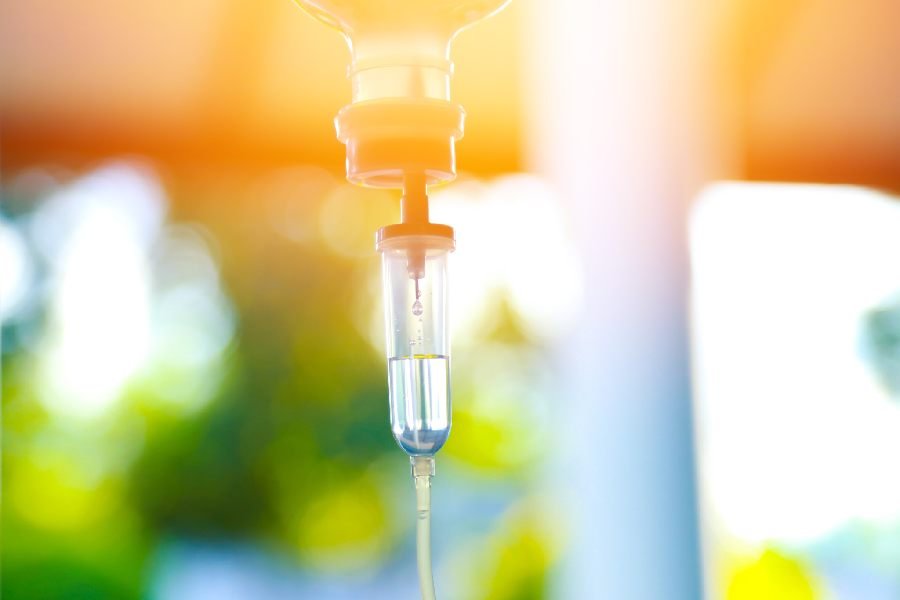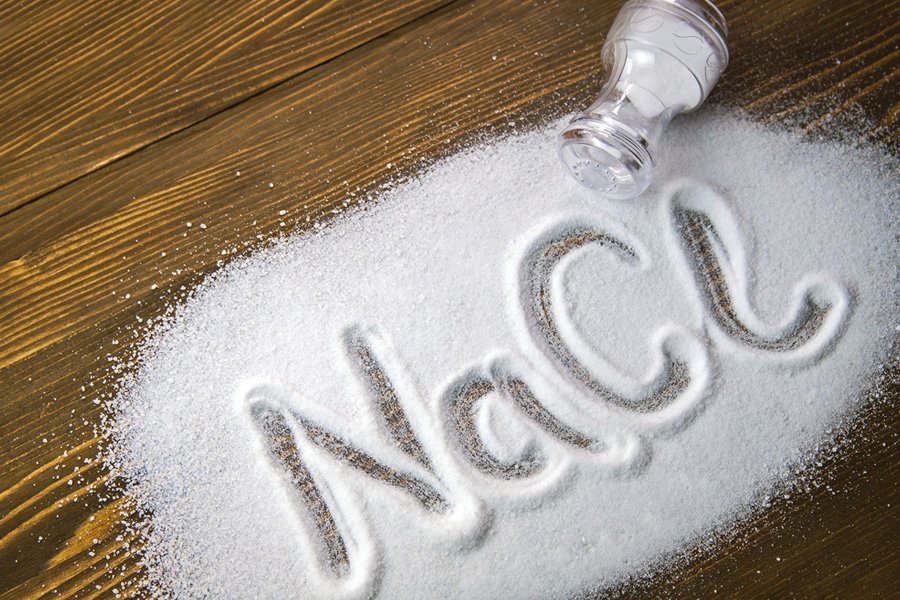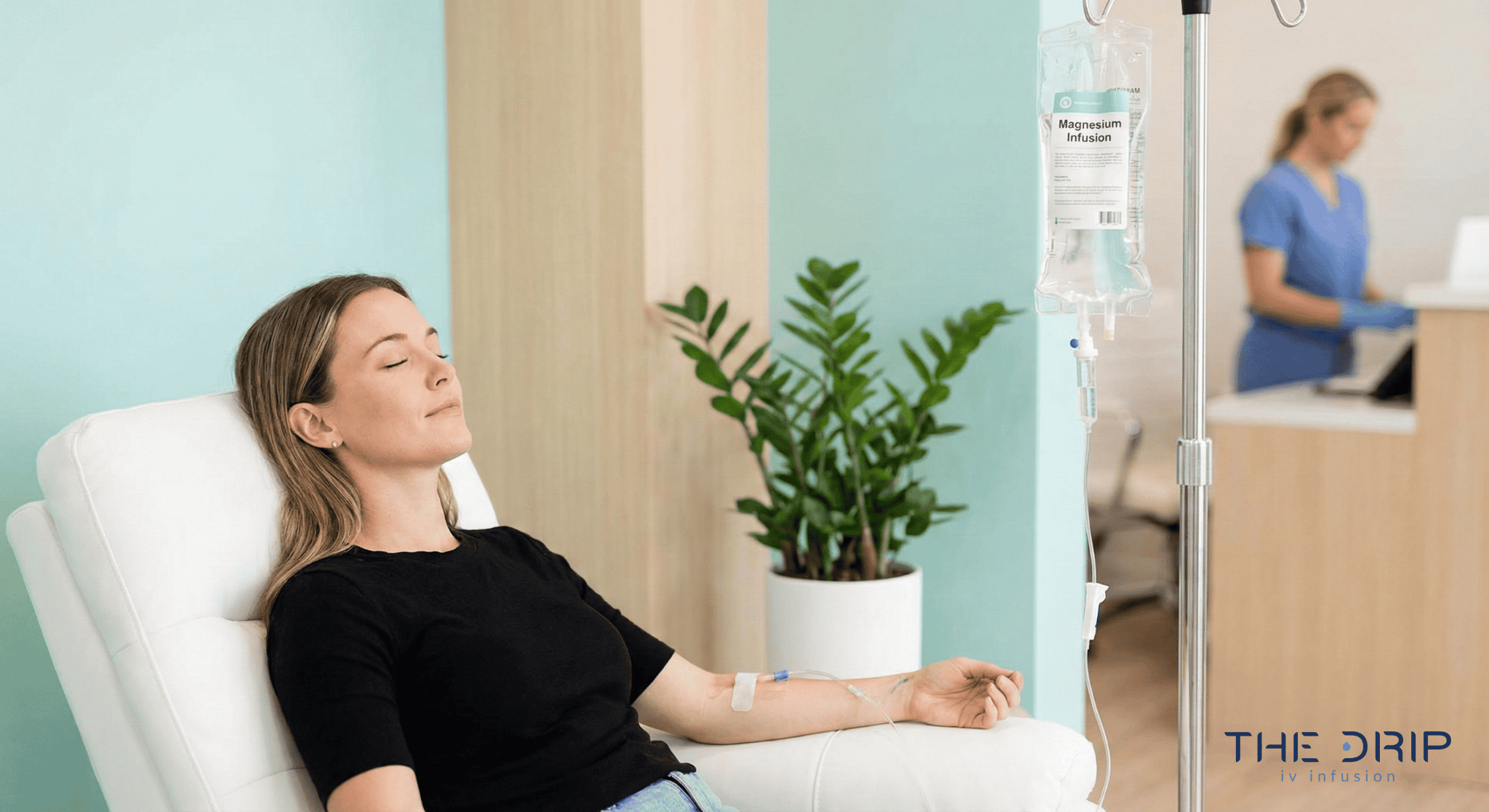Not drinking enough fluids and high temperatures might increase the need for IV rehydration. But how many liters of IV fluid for dehydration does one need? Is 3 bags of IV fluid a lot? Several factors influence the correct amount of IV fluid needed.
Living in places with warmer climates naturally causes more dehydration cases. Still, the issues leading to dehydration are not only linked to higher temperatures. People also tend to drink less than the needed amount of water daily.
So, let’s see how many IV bags to hydrate you need and what determines the required amount.

Source: shutterstock.com / Photo Contributor: Maridav
How Many Liters of IV Fluid for Dehydration?
For dehydration cases, the appropriate fluid ounces depend on several individualized factors. These factors include the person’s body weight and whether or not they are experiencing mild or severe dehydration symptoms.
A person with dehydration symptoms should receive 30mL (two tablespoons) per 2.2 pounds (1kg) of body weight. For example, if you are 130 pounds (60kg), you may need a one-liter IV bag of dehydration therapy for milder symptoms.
If the symptoms are more severe, you may need up to two-liter IV bags for complete rehydration. In comparison, 180-pound (80kg) people may need up to three-liter IV bags for severe and two for mild dehydration symptoms.
However, it’s important to note that the specific fluid requirements can vary from person to person. So, if you are experiencing any dehydration symptoms, contact The Drip IV Infusion, and we will dispatch a team to your location.
Once at your location, our team will administer the IV rehydration therapy within 60 minutes. Additionally, our cocktail menu features add-on ingredients such as vitamins, minerals, medicines, etc., to add to your intravenous therapy.
The Importance of Proper Hydration Levels
Proper hydration is vital for human health, especially for people living in warmer climates. As one of the warmer states in the US, Arizona may attract visitors and residents alike to bask underneath its sunshine.
But without proper caution, the Arizona heat may lead to people experiencing dehydration. Consuming sufficient amounts of water is crucial to avoid dehydration. Still, people tend to underestimate how much fluids they need once they start to experience side effects.
We understand how crucial prompt response in these circumstances is, so we are known for providing the best hydration IV therapy in Queen Creek, AZ. With our mobile IV service, all our clients need to do is call us wherever they are, and we will go to them.
Causes, Symptoms, and Treatment of Dehydration
Dehydration is the lack of fluids in the human body. Most Americans do not drink enough water, with research showing that nearly 75% drink only 2.5 cups of water daily. This amount is not nearly enough for proper hydration.
Generally, a healthy person should consume at least four-to-six cups of water per day. However, the proper hydration amount depends on individual needs and factors. Besides individual needs, proper hydration depends on the following:
Health conditions
Activity level
Medications
Climate temperature
When someone’s body uses more fluids than they replace, they become dehydrated. Also, when a person is active, busy, or experiencing illness, they can quickly become dehydrated. So, they may experience the following symptoms:
Fatigue
Headache
Lightheaded
Nausea
Increased heart rate
Dizziness
Once you start experiencing symptoms, rehydrating by simply drinking water may not be possible. In this case, the best way to rehydrate is with IV fluids.
We all know that IV can work wonders for dehydration, but if you’re wondering, “How much IV do I need to rehydrate?” don’t worry. We’ll elaborate on this question and also fill you in on why mobile IV therapy is such a game-changer.
Intravenous Dehydration Therapy with IV Fluids
IV fluids might be the fastest way to rehydrate, as the fluid is administered directly into your vein. In fact, IV is shorthand for intravenous. IV fluids are directly absorbed into your bloodstream, instantly replenishing the ones you lost.
When you are receiving IV therapy for rehydration, you should know what ingredients are included in the IV bag. The main ingredient in IVs is saline, a water and salt solution. The saline solution is the primary conduit that moves the vitamins, minerals, and medicine into the bloodstream. Yet, that is only one benefit of saline.
The salts in saline, or the electrolytes, are essential for fast rehydration. When you are dehydrated, you cannot replace electrolytes by drinking fluids. So, they are replaced through IV treatments. They are important for:
Balancing pH levels
Carrying nutrients to the cells
Moving waste out of the cells
Supporting the healthy working of the nerves, brain, muscles, and heart

Source: shutterstock.com / Photo Contributor: Numstocker
Types of IV Fluids for Fluid Infusion
The most common types of IV fluids are crystalloid solutions. They contain small molecules that may pass easily from the bloodstream into the cells and tissues. The IV mixture may include glucose or dextrose and electrolytes like potassium.
Since sodium is an essential electrolyte that aids in rapid hydration restoration, it is present in the solution. So, your condition’s severity and any electrolyte deficiencies will determine how much IV fluid you need.
Crystalloid solutions, which are used to create IV fluids, allow water to enter or exit your cells through a process known as osmosis. There are three types of crystalloid IVs: hypotonic, hypertonic, and isotonic.
However, there are also colloid solutions, but their molecules are larger, so they cannot pass easily through membrane cells.
Hypotonic
Hypotonic IVs may aid dehydration by increasing the fluid levels in the cells. Less solutes (substances that dissolve in another substance) are present in hypotonic IV fluids than in blood plasma.
This indicates that the solutions create a fluid shift from the fluid outside of the cell to intracellular fluid, which is present inside cell membranes. Also, there are several types of hypotonic IV solutions.
0.45% NaCl
Normal saline, with a sodium chloride content of 0.45% and a glucose content of 5%, is perhaps the most popular kind of hypotonic IV fluid. This type of hypotonic fluid is used to possibly treat dehydration brought on by hypernatremia or for people with high sodium chloride levels.
0.33% NaCl
This type of hypotonic IV fluid may help those with decreased kidney function retain water. However, it is unsuitable for people with more severe kidney function cases.
0.225% NaCl
The 0.225% NaCl is the most common type of hypotonic IV fluid for pediatric use. This type of IV fluid is generally administered with a form of glucose called dextrose.
2.5% dextrose in water
The 2.5% dextrose in water IV solution may offer good results in relieving dehydration symptoms. This type of hypotonic solution may help in treating dehydration caused by:
Hangover
Illness
Migraines
Heavy physical activity
Hypertonic
These IV fluids have high sodium concentrations (375 meq/L or more), which cause fluid to escape from cells and enter intravascular regions like your circulation. Due to the high sodium levels, hypertonic IV fluid is more suitable for electrolyte replenishment. Options for hypertonic fluids include:
3% NaCl
5% NaCl
5% dextrose in 0.45% NaCl
5% dextrose in 0.9% (normal saline) NaCl
5% dextrose in Lactated Ringer’s
10% dextrose in water
20% dextrose in water
50% dextrose in water
Isotonic
The most commonly used IV fluid is isotonic. This is because the volume of isotonic IV fluids resembles that of human plasma. This allows isotonic IV solutions to keep balanced osmotic pressure with equal fluid ounces inside and outside the cells.
The fluids contain roughly 310 meq/L of electrolytes, the same solute concentration as blood. Isotonic IV solutions may treat fluid loss from vomiting, bowel movements, and dehydration brought on by electrolyte deficiencies.
Normal saline (0.9% NaCl)
The isotonic 0.9% NaCl solution, referred to as normal saline, may work great at relieving dehydration symptoms. This type of IV fluid therapy is most often suitable for fast rehydration of mild dehydration cases.
Lactated Ringer’s
Lactated Ringer’s solution is an isotopic IV fluid commonly found in hospitals, ambulances, ERs, and other places dealing with cases of severe dehydration. Lactated Ringer’s IV solution may help people with:
Severe dehydration
Extensive burns
Severe injuries
Major blood loss

Source: shutterstock.com / Photo Contributor: Hriana
Frequently Asked Questions
Is IV therapy for dehydration safe?
The ingredients in dehydration IV fluids are medically safe and approved for humans. This means they are safe for them to be administered intravenously to potentially rehydrate those experiencing dehydration symptoms.
Is 3 liters of IV fluid a lot?
Three liters of IV fluid for rehydration is typically suitable for people of about 180 pounds with severe dehydration symptoms. So, yes, three-liter IV bags will be a lot for milder dehydration symptoms.
It is essential to note that the higher the person’s body weight, the more IV fluid ounces they may require for complete rehydration therapy.
Conclusion
How many liters of IV fluid for dehydration are needed? The answer mostly depends on the person’s weight and the severity of dehydration symptoms. The best way to determine is by describing the symptoms when booking your IV therapy appointment.
Our nurses will be able to discern how much you need based on you and how fast you rehydrate during administration. The general IV fluid amount is one to two-liter bags for women and two to three-liter bags for men, depending on the severity of dehydration.




